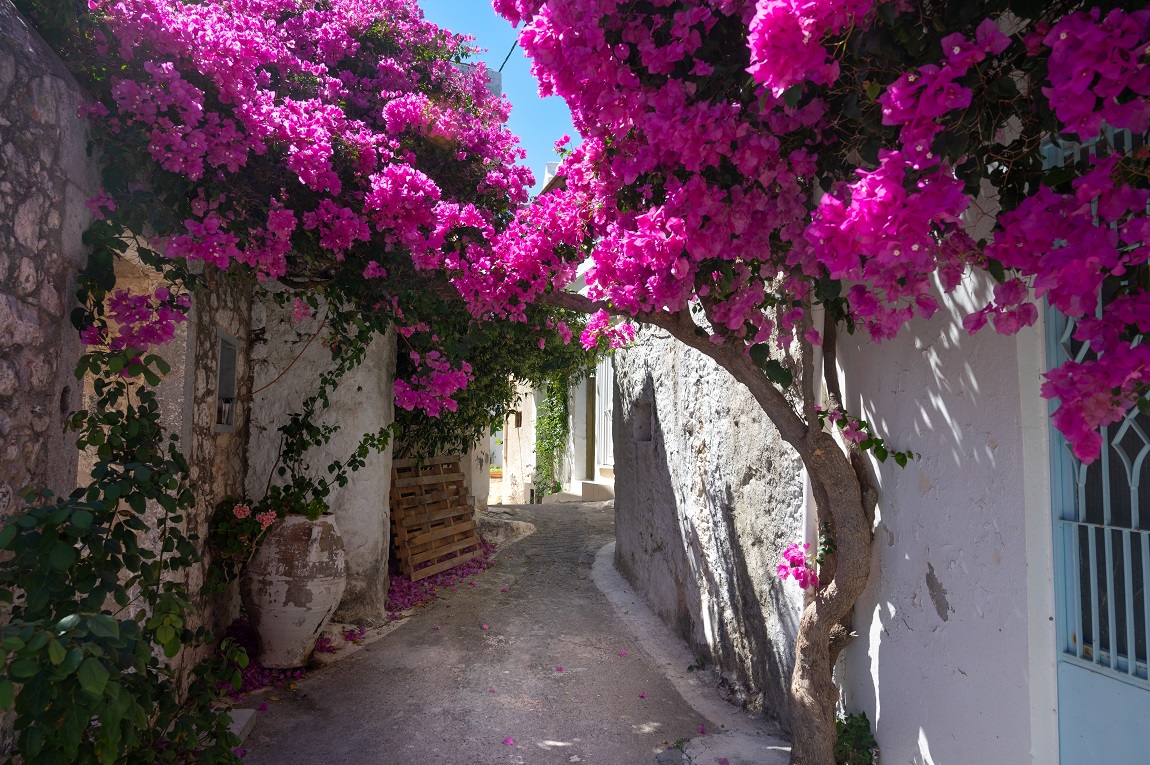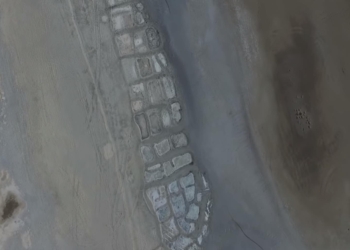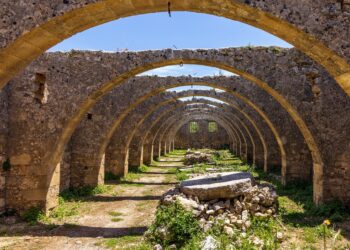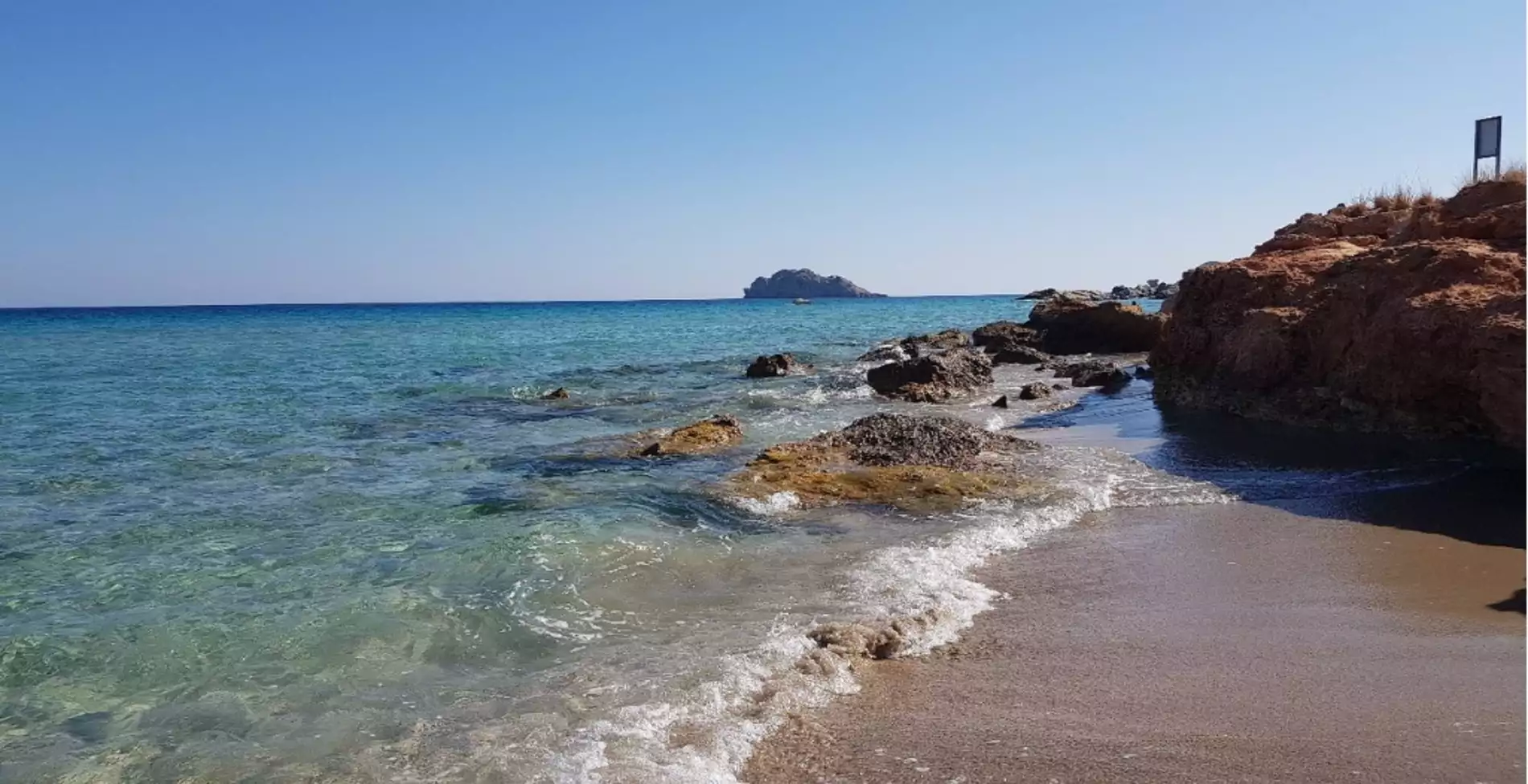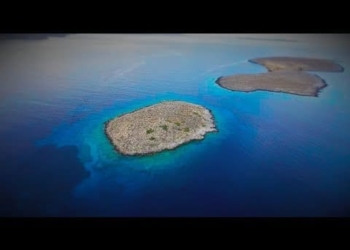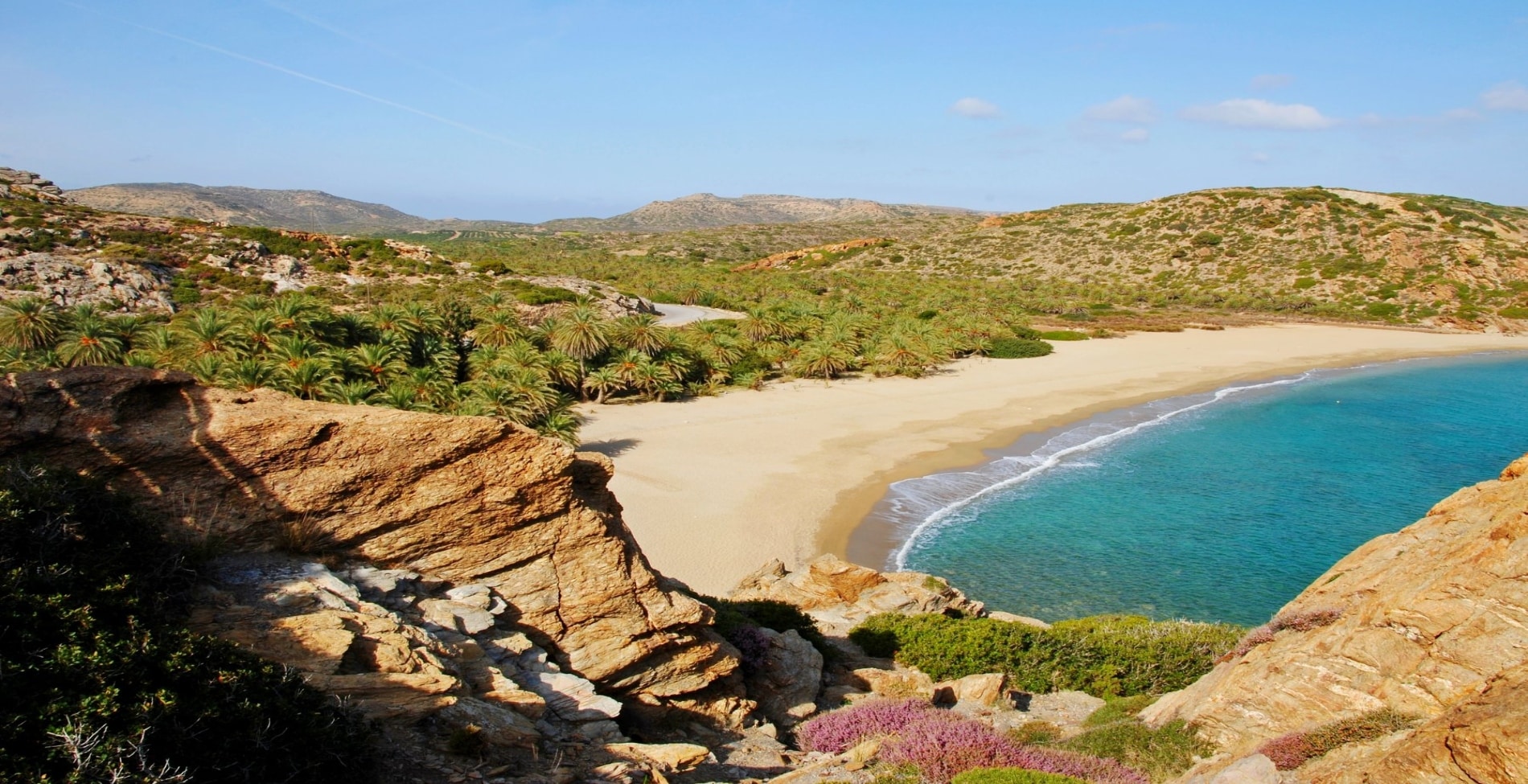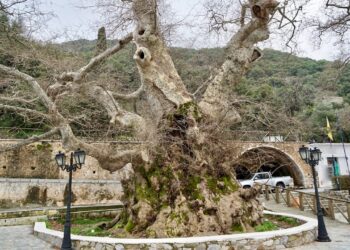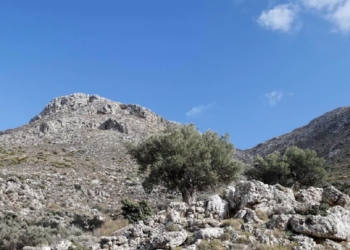Crete is a land of enchantment, where you can discover charming villages, big and small, that blend natural splendor with cultural heritage and warm hospitality. It is no wonder that it attracts travelers from all corners of the globe who seek a unique and diverse destination. The island boasts stunning beaches as well as scenic mountain hamlets, ancient churches, and delicious cuisine. It is a place where you can enjoy a variety of experiences without having to wander far. And of course Crete is an island with a rich history that is evident everywhere you look…
Psira: The unknown Greek island with the ancient settlement
Kritsa: The village in Crete that shone in the medieval era
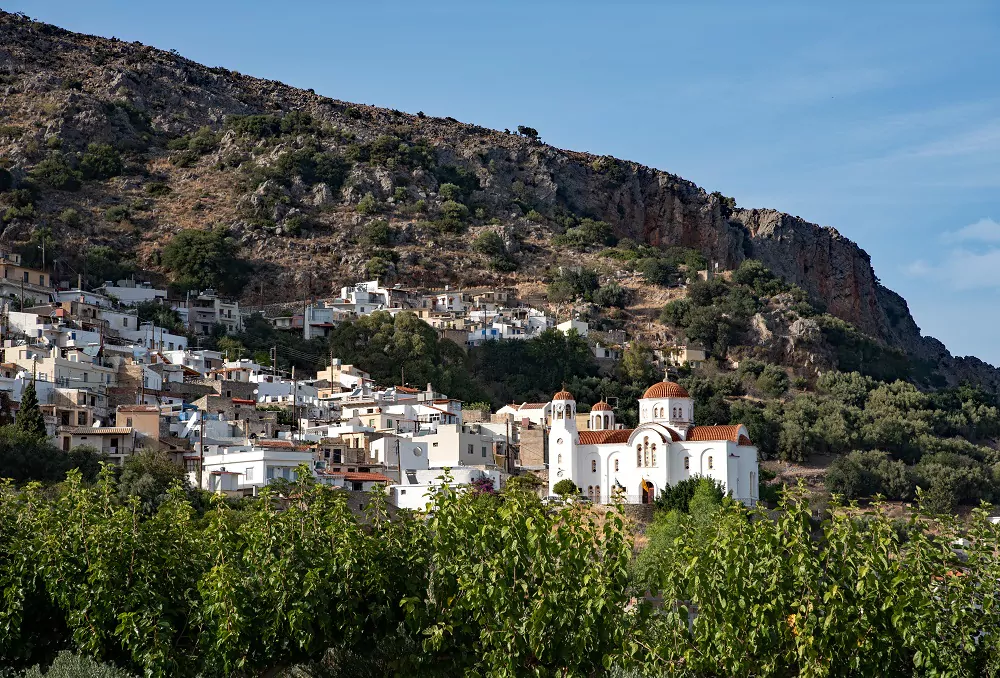
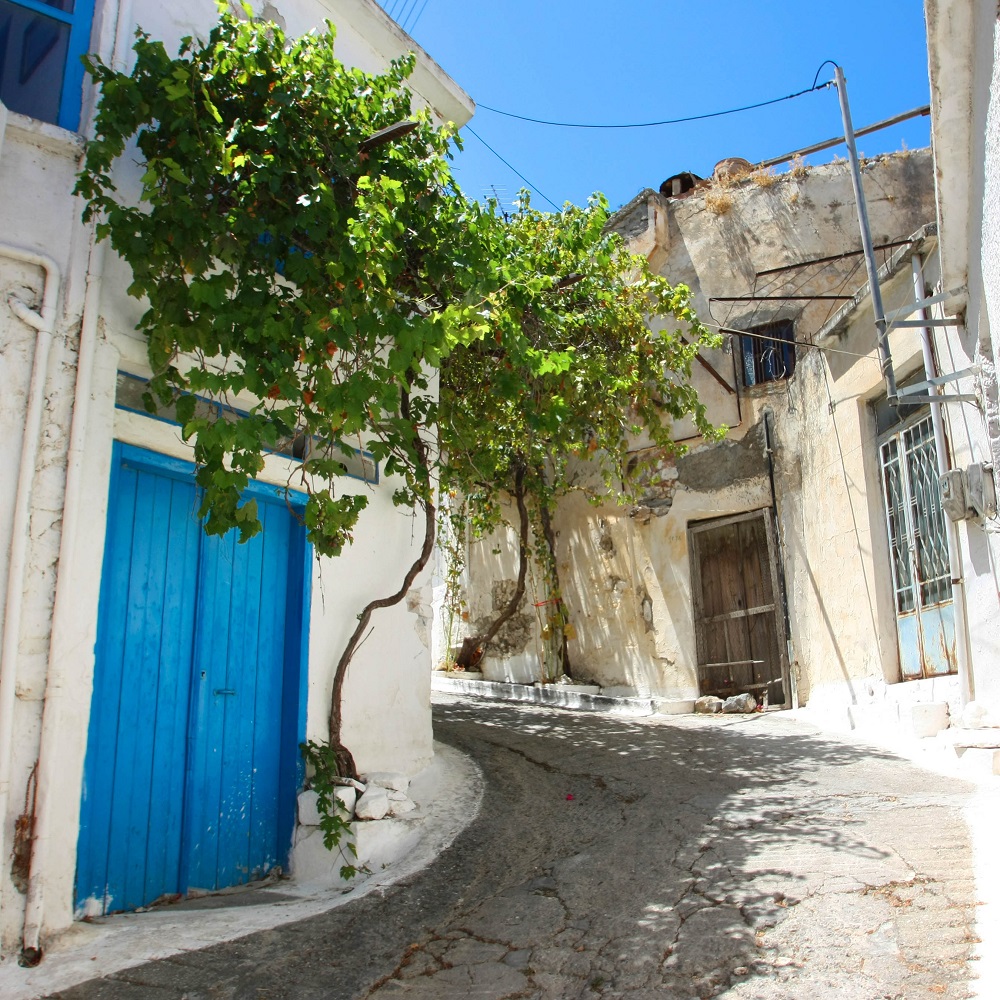
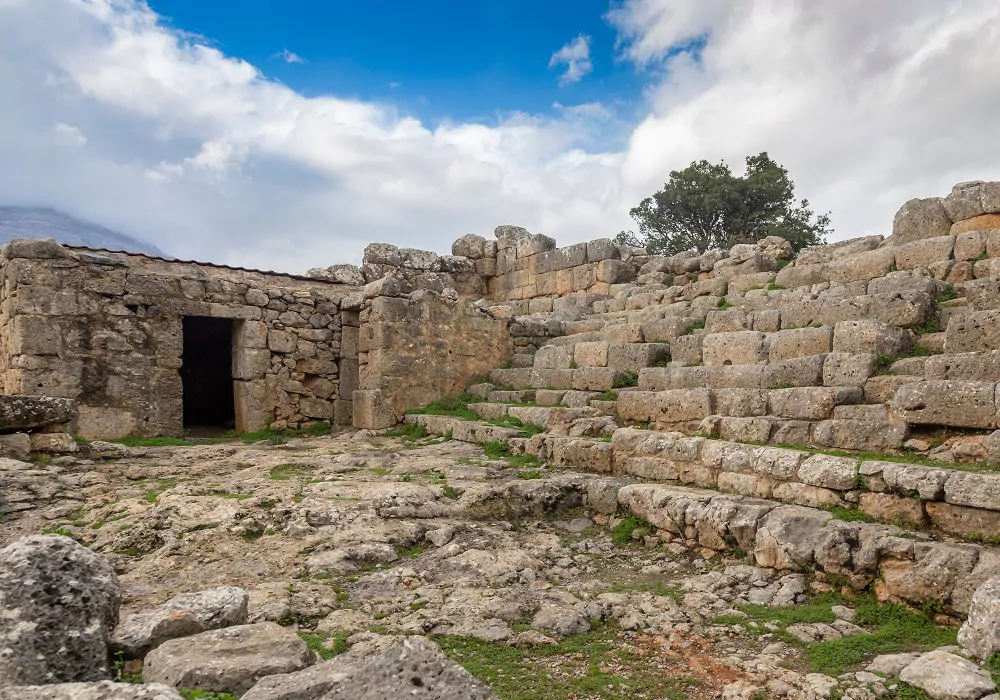
According to historical sources, the settlement of Kritsa has a link to the nearby ancient Lato. People believe that it was the largest village of Crete during medieval times. It played a very significant role much later in the freedom fights of Crete against the Ottomans. Very notable and famous is the battle of Kritsa in January 1823 near Lato, which led to the burning of the settlement by the Turks.
But how did Kritsa get its name? One version claims that the name of the village was derived from the first settler named Kritsa, who was brought by Nikiforos Fokas after the recapture of Crete in 961 AD. The other version, however, states that the name Kritsa comes from a distortion of “Christ”.
Travel to Greece – Google news – Follow us
Crete: Agia Roumeli, the Greek village at the end of the largest gorge
Lichnarakia: a gastronomic taste of Crete


